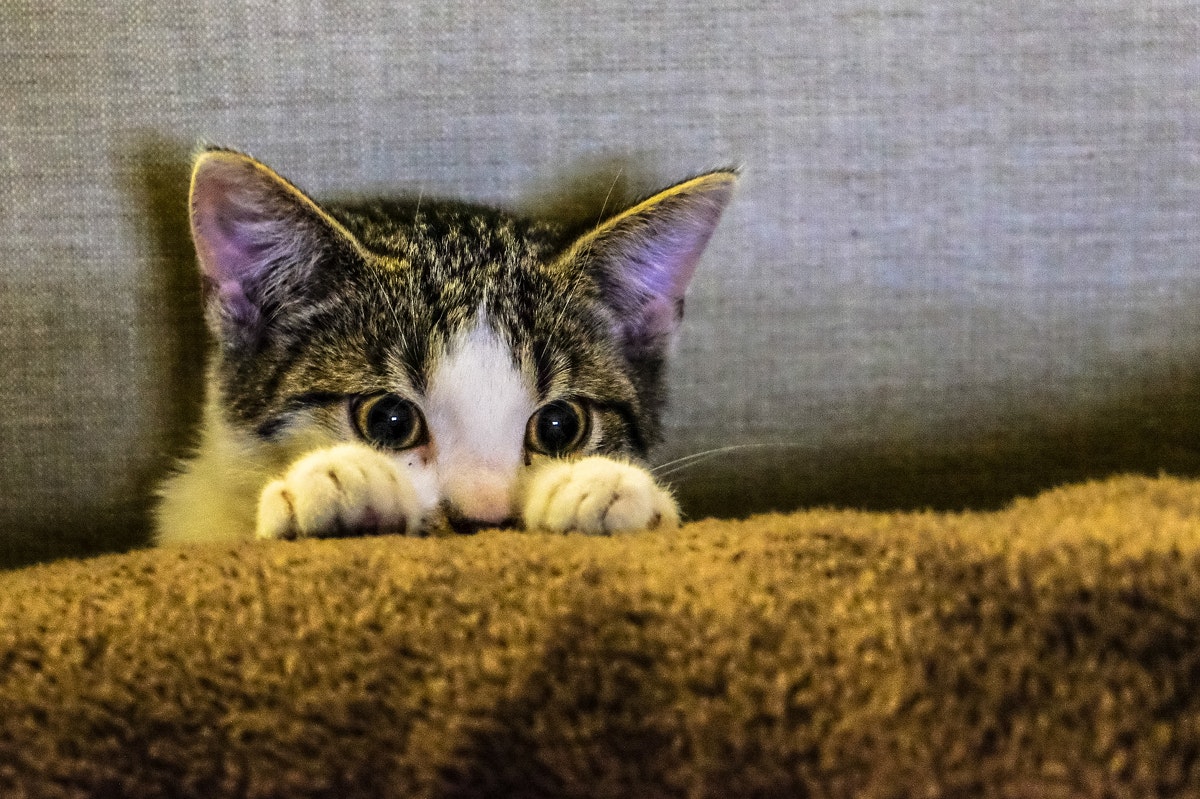Cats can suffer from stress just like human beings. Stress in cats can be noted by changes in their behaviour patterns. Extreme stress can have adverse effects in their health. For instance, it can suppress the cat’s immune system, making it susceptible to infections it could have fought before. A cat has physiological systems within its body that regulate normal or short term stress.
These systems include the hypothalamus-Pituitary-adrenal Axis (HPA) and the sympathetic nervous system. These systems work by releasing hormones to enable the cats face challenges. However, the systems are not well adapted to deal with chronic or extensive stress which is associated with behavioural changes and diseases associated with stress in cats. It is imperative for cat owners to observe any subtle signs of stress in cats so that they can provide the needed care.
There are several common causes of stress in cats. To begin with is moving into a new home which changes the environment in which a cat is used to.
Secondly is overcrowding in a multi-cat household which limits the cat’s movement.
Thirdly is the introduction of another pet or arrival of a new family member which may bring a feeling of insecurity in the cat. Fourthly, a cat may also be stressed by undue confinement which curtails its movement. A cat may also be stressed by medical conditions such as illnesses or injury.
A new cat in the neighbourhood can also be a threat hence causing stress. Lack of fresh air or sunshine particularly if the cat was used to going out can also lead to stress. Furthermore, many cats are affected by emotional feelings of their owners. For instance, when the owner is stressed by work or a family member, a cat may pick up on the emotions and be stressed. Finally a cat may stressed by noisy neighbourhood, changes in the home layout and parties. Therefore, most of the common causes of stress in cats are those that bring about changes in a cat’s feelings of security and change of routine.
Stress in cats can manifest differently in different cats. Acute stress may be recognized through; immobility of the cat, shaking, body crouched on top of all fours, rapid breathing, bent legs, tail close to the body, fully opened eyes
and dilated pupil. Other signs include; a motionless head, whiskers facing backwards, hissing sound, frequent urination and aggression when approached. On the other hand chronic stress is harder to recognise and build over a long
period of time. Some of the signs include; inhibition of feeding, increased resting, hiding and social withdrawal, heightened vigilance, failure to play, change in common behaviours like spending more time indoors, and increased facial
rubbing and scratching of surfaces.
Managing stress in cats may involve changing the situation causing stress. However, this may not be possible in all cases. Therefore it is necessary to contact a vet to seek for the best alternatives. Additionally, it is important to understand a cat and learn when all is not well and give it the necessary reassurance and attention.
This article was written by out friends over at thecatdvm.com
